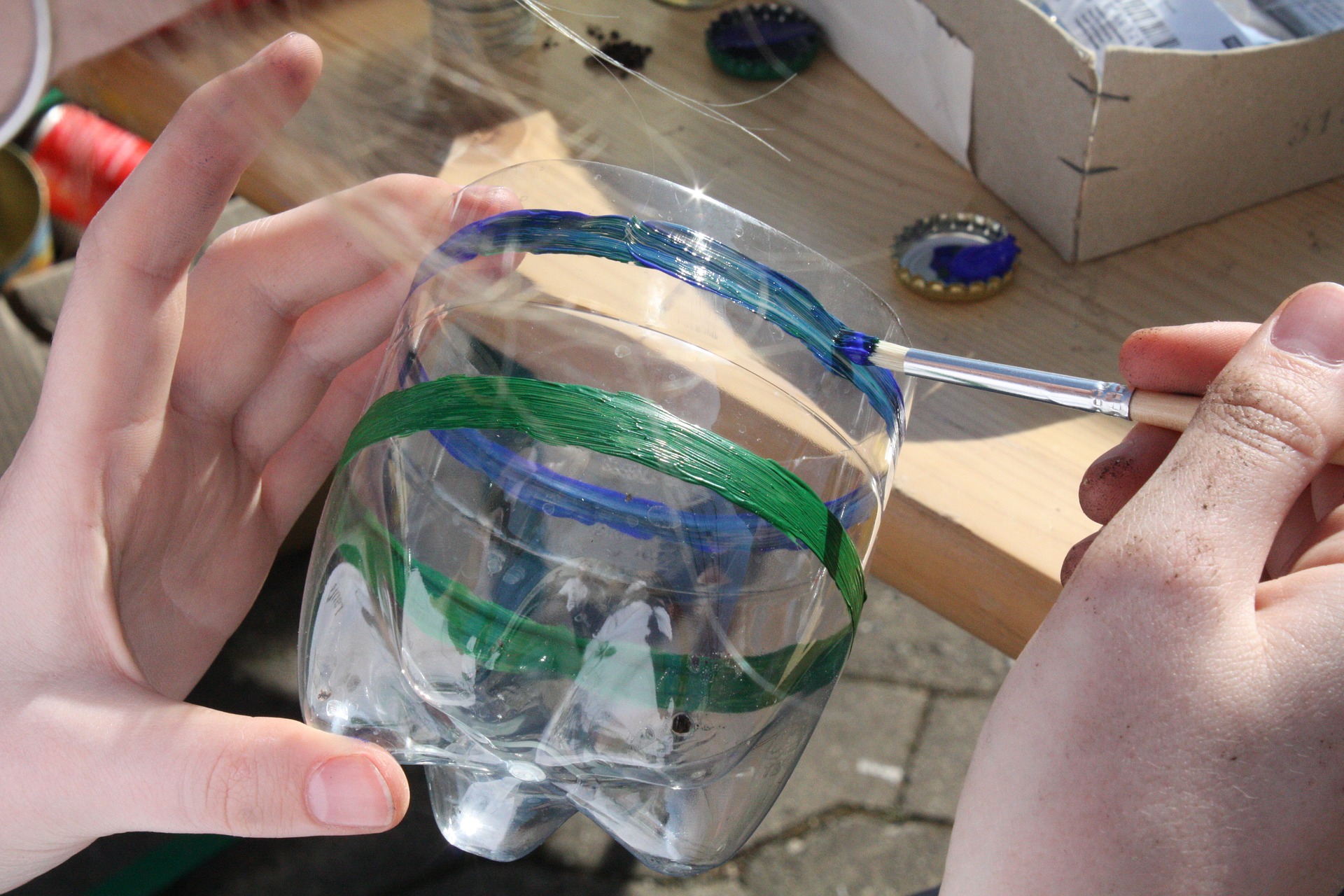In a world where we generate more and more waste and have fewer and fewer resources available, it is essential to encourage material recycling to contribute to a sustainable environment. In this regard, the term upcycling has recently spread. This expression refers to the reuse of recyclable materials to create products with greater value than the original material. The aim is therefore to turn waste into valuable items.
What Is Upcycling?
The term upcycling was first used in 1994 by Reiner Pilz in an interview with Thornton Kay. A few years later, the economist Gunter Pauli (author of “Blue Economy 2.0”) published a book entitled “UpCycling“. From that moment, the new word began to penetrate more and more into Anglo-Saxon culture and art, until it reached overseas.
Upcycling is undoubtedly a very interesting concept that can apply to many areas. In particular, it has been embraced by artists because it requires a lot of creativity – as well as some skills – to transform materials. The use of sustainable materials is highly appreciated by the public, so even an extra effort is well rewarded. In this way, the final consumer finds a product attractive not only for its artistic value, but also for the added value of contributing to the well-being of the planet. Artists give a second life to a material that becomes a new product but already has its own history.
Upcycling turns to be a commendable action, as it helps saving both materials and energy. In fact, it allows to reduce the need for raw materials for the creation of products and to avoid the energy costs of transforming plastic, glass and other recyclable materials.
What Is the Difference with Recycling?
When we talk about recycling we mean a process by which a waste is transformed into a new material and used for the production of new objects. For this reason, we call upcycling also “creative recycling“. This means that you can use objects to create products through creativity, often with a higher value than the original.
Upcycling allows us to invent a new use for existing products or objects, converting them into something new. When something is recycled it loses its original shape. On the other hand, through upcycling you can clearly identify what it is even if it performs a new function.
Upcycling enhances the resources available to create new objects. Do you want to try it out? Find at home an object that seems old to you and that you would like to get rid of. Instead of throwing it in the trash, try to think about what new use you could make of it. The result will probably surprise you too.

